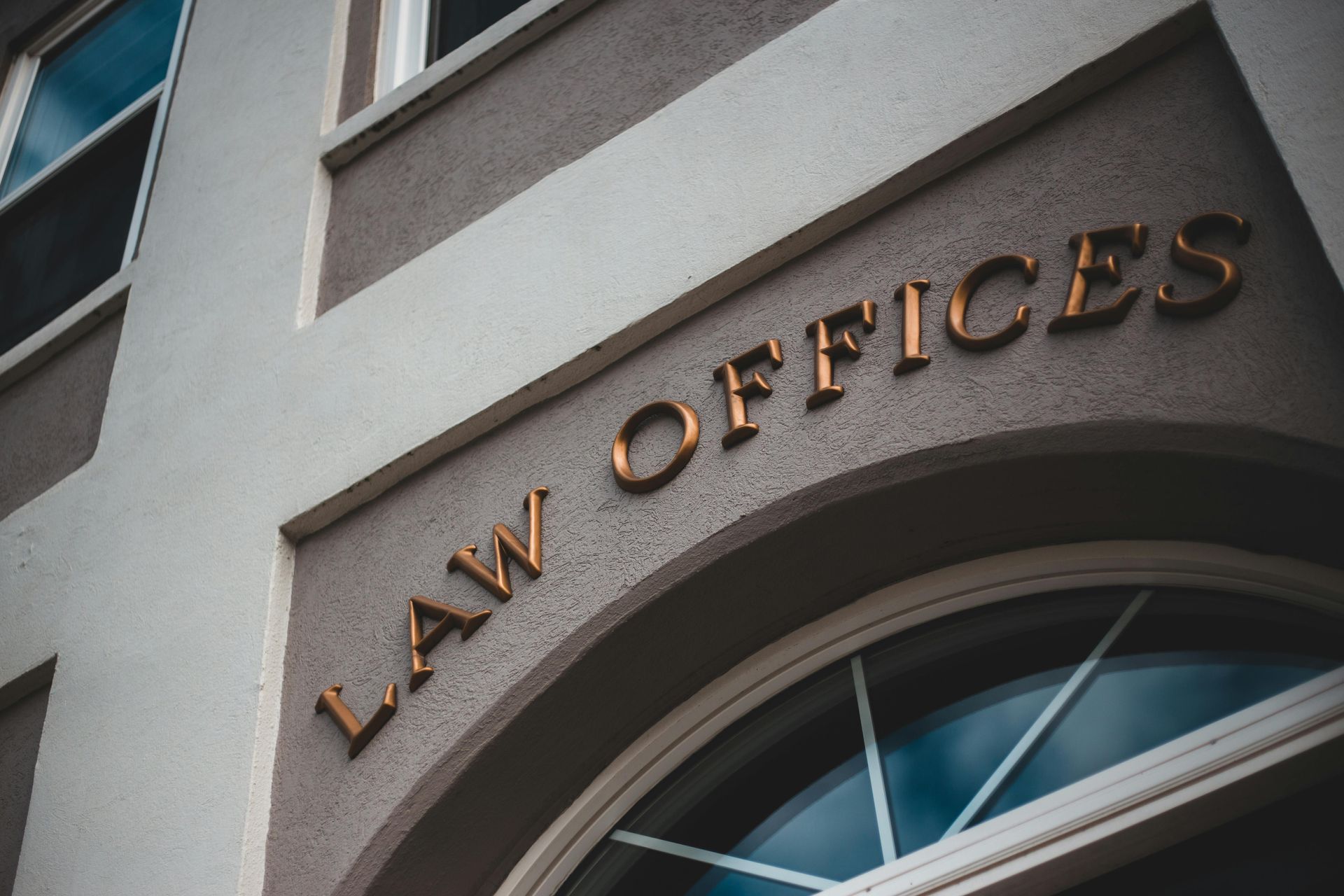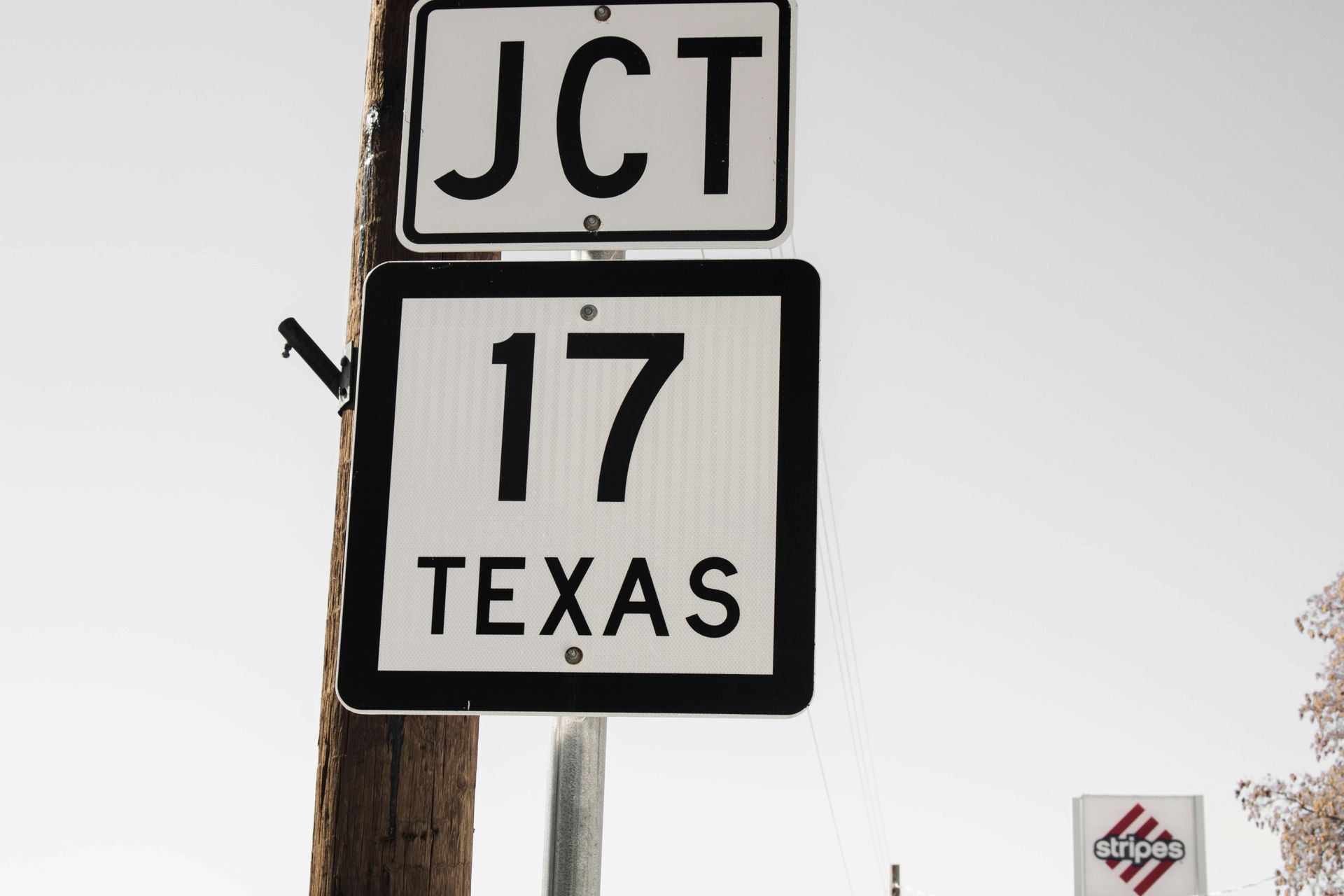Ex Parte Appeals
ATTORNEYS IN DALLAS
Explore the appeal process before the Trademark Trial and Appeal Board and learn about challenging a final refusal, submitting a Notice of Appeal, requirements for appeal briefs, additional evidence introduction, and options for further review.
Ex Parte Appeals
When an Examining Attorney's action is challenged, the appeal is made to the Trademark Trial and Appeal Board ("Board"). The Examining Attorney issues an Office Action if they refuse registration. For more detailed information on this topic, please refer to our webpage titled "Office Actions." The Office Action specifies the requirements or refusals that are preventing the application from progressing towards registration. To be eligible for appeal, the refusal must be "final" and pertain to a "substantive" matter rather than a technical one. Technical matters are typically addressed through petitions to the Director. To learn more about matters suitable for petitions, please consult the Trademark Manual of Examining Procedure (TMEP) §1704 and the Trademark Trial and Appeal Board Manual of Procedure (TBMP) §1201.05.
A common question we encounter is "what constitutes a final refusal?" It can be an Office Action explicitly labeled as a "Final Refusal," a second refusal based on the same grounds as the initial one, or a repeated requirement. If an appeal is pursued after a final refusal, the applicant must submit a Notice of Appeal and pay the appeal fee within six months of the final refusal date. For additional information on appeal requirements, please refer to TBMP §1202.03. Failure to timely file the Notice of Appeal and fee will result in the abandonment of the trademark application. However, if the failure to file the Notice of Appeal was unintentional, the applicant can file a petition to revive under TMEP §1714. Notably, a petition to revive cannot be filed if the applicant previously filed a request for reconsideration that was denied and subsequently failed to timely file a Notice of Appeal.
After receiving a final refusal, an applicant can file a request for reconsideration with the Examining Attorney in addition to the Notice of Appeal. To explore the benefits of filing a request for reconsideration, please review our blog post titled "What If A Final Refusal Is Issued In A Trademark Application?" The request for reconsideration must also be submitted within six months of the final refusal date. It is important to note that filing a request for reconsideration does not alter the statutory timeline for filing an appeal; it must still be filed within six months from the date of the final refusal.
In most cases, the evidence for an ex parte appeal is presented during the trademark application's prosecution. However, if either the applicant or Examining Attorney wishes to introduce additional evidence after the appeal is filed, they must request that the Board suspend the appeal and remand the application for consideration of the additional evidence. The Board typically grants this request only when good cause is demonstrated.
The appellant's appeal brief is due 60 days after filing the notice of appeal. Once filed, the appellant's brief is forwarded to the Examining Attorney, who has 60 days to submit their brief after receiving the appellant's brief. Finally, the appellant has 20 days from the mailing date of the Examiner's brief to file a reply brief. To request an oral hearing, the appellant must do so no later than 10 days after the due date of the appellant's reply brief.
The Board will issue a written decision based on the evidence in the record, the appellant's arguments, and the arguments of the Examining Attorney. If either party is dissatisfied with the decision, they can file a request for rehearing, reconsideration, or modification of the decision. If still unsatisfied, the party can either appeal the Board's decision to the United States Court of Appeals for the Federal Circuit or seek review of the decision by filing a civil action in the United States District Court.
Contact an Experienced Trademark Attorney
If you need legal advice regarding your trademark rights, assistance with trademark prosecution, or representation in a domain name dispute, contact Wilson Whitaker Rynell. Our team of trademark lawyers has extensive experience in all aspects of trademark and copyright law, including the filing of trademark applications and representing clients in defense or prosecution before the Trademark Trial and Appeal Board.
Trademark Resources & Services
- Trademark Overview
- Trademark Registration
- Trademark Licensing
- Trademark Infringement
- Trademark Protection
- Trademark Coexistence
- Trademark Guidelines
- Trade Dress Protection
- Trademark Oppositions & Trademark Cancellations
- Cybersquatting
- UDRP Domain Name Proceedings
- Trademark Portfolio Management
Need any help?
Getting in touch is easy. Use the form below and request a free consultation today.
Industry Resources & Services
- Alcohol & Beverage Law
- Blockchain Law
- Cosmetics Product Law
- Crypto-currency Law
- Cyber-security Law
- Digital Marketing
- eCommerce Law
- Energy Law
- Fashion Industry Law
- Health Technology Law
- Oil & Gas Law
- Product Industry Overview
- Professional Services law
- Real Estate Development Law
- Restaurant Services Law
- Retail Business Law
- Software Industry Law
- Sporting Goods Law
- Technology Law
- Video Gaming Industry Law
Trademark Resources
- 66(a) Applications
- Abandoning a Trademark Application or Withdrawing a TTAB Proceeding
- Abandonment and Nonuse
- Abbreviations as Trademarks
- Accelerated Case Resolutions
- Acquired Secondary Trademark Meaning
- Amending Trademark Application
- Assigning a Trademark
- Assigning a Trademark and the Intent to Use Application
- Avoiding Fraud on Trademark Applications
- Avoiding Trademark Litigation
- Basis for Filing a Trademark
- Benefits of Registering a Trademark
- Bona Fide Intent to Use
- Celebrity Trademarks
- Challenging the Relatedness Factor
- Challenging Trademark Rights
- Claims in a Notice of Opposition
- Co-Existence Agreements
- Common Law Trademarks in the Internet Era
- Common Law Use and Priority
- Conflicting Marks
- Consent Agreements
- Constructive Use Priority
- Dates of Use
- Defenses in Opposition and Cancellation Proceedings
- Descriptive or Generic Trademarks
- Design Marks
- Design Trademarks
- Determining Trademark Similarities
- Discovery in TTAB Proceedings
- Dividing a Trademark Application
- Drawing Page
- Electronic Display Specimens for Trademarks
- Evidence in TTAB Proceedings
- Evidence of Acquired Distinctiveness
- Expediting Trademark Cancellation for Nonuse or Abandonment
- Extending Time to Oppose
- Factors of a Likelihood of Confusion Analysis
- False Suggestions of Connection
- Famous Trademarks and Likelihood of Confusion and Dilution
- Filing an Opposition or Cancellation Proceedings
- First Sale Doctrine
- Five Years of Use
- Foreign Trademark Rights
- Generic Trademarks
- Geographic Trademarks
- Hiring Trademark Counsel
- Immoral and Scandalous Trademarks
- Incontestability of U.S. Trademarks
- International Trademark Filings
- Joint Trademark Ownership
- Lawful Use of a Trademark in Commerce
- Likelihood of Confusion Analysis
- Likelihood of Confusion Refusal
- Merely Descriptive Trademarks
Trademark Resources
- Multiple Bases for a Trademark Application
- Overcoming and Ornamentation Trademark Refusal
- Personal Name Trademarks
- Principal and Supplemental Registers
- Protecting Single Creative Works
- Recording Trademark Assignments
- Refusal of a Trademark
- Refusing a Trade Dress Application
- Registering a Certification Trademark
- Registering a Service Mark
- Registering a Trademark That Lacks Inherent Distinctiveness
- Registering an International Trademark
- Relatedness of Goods or Services
- Request for Reconsideration in Trademark Office Action
- Requirements for International Trademark Application
- Revive an Abandoned Trademark Application
- Secondary Meaning
- Source Confusion
- Special Trademark Applications
- Standard Character and Special Format Marks
- Standing in Opposition and Cancellation Proceedings
- State Trademark Registration
- Statement of Use Extensions
- Tacking Doctrine
- Technical Trademark Use
- The Supplemental Register
- Trade Dress
- Trade Dress Application
- Trademark Application
- Trademark Clearance Searches
- Trademark Disclaimers
- Trademark Licensing
- Trademark of Authors, Performing Artists, and Characters
- Trademark Ownership
- Trademark Protection In Texas
- Trademark Settlements
- Trademark Specimens
- Trademark Specimens
- Trademark Use by Related Company
- Trademark Use in Advertising
- Trademark Use in Commerce
- Trademarking a Distinctive Mark
- Trademarking a Hashtag
- Trademarks for Musical Artists
- TTAB Discovery Rules
- TTAB Proceedings
- U.S. Service Mark
- U.S. Trade Dress
- Understanding Trade Channels
- Unitary U.S. Trademark
- Universal Symbols as Trademarks
- Using Secondary Sources
- What is an Ex Parte Appeal?
- Where to Register a Trademark
- Who Must File a Trademark?
CLIENT MATTERS
5,000+
YEARS OF SERVICE
25+
Award Winning
Recognized in the legal industry as dedicated board-certified lawyers and Rising Stars.
Expert Team
Your project will be handled by legal experts every time. You will have the most experienced attorneys working for you.
Quality Representation

Let's talk about your legal issue
Wilson Legal Group P.C.
d/b/a Wilson Whitaker Rynell
(972) 248-8080 (Dallas) MAIN OFFICE
(713) 830-2207 (Houston) Appointment Only
(512) 691-4100 (Austin) Appointment Only
For more information on how we can assist in your intellectual property, commercial litigation, divorce, or other personal needs, let us know how we can help you:
How Can We Help You?
WILSON WHITAKER RYNELL
Thank You for Contacting Us!
Your information has been sent, and we will contact you shorlty...issues.
WILSON WHITAKER RYNELL
Oops, there was an error sending your message.
Please try again later.
Disclaimer:
This form does not establish an attorney-client relationship, and should only be used to contact the firm about scheduling a call or meeting. No confidential or sensitive information should be sent using this form.
We represent clients nationwide, including Dallas, Austin, Houston, and other Texas areas such as Fort Worth, Arlington, Carrollton, Plano, Allen, Lewisville, Flower Mound, Irving, Denton, McKinney, North Richland Hills, and all cities within Dallas County, Tarrant County, Collin County, and Denton County.
OFFICES
ABOUT
CONTACT
BLOG
Wilson Whitaker Rynell
16610 Dallas Parkway, Suite 1000
Dallas, Texas 75248
972-248-8080 (MAIN)
972-248-8088 (FAX)
info@wrrlegal.com (E-MAIL)










